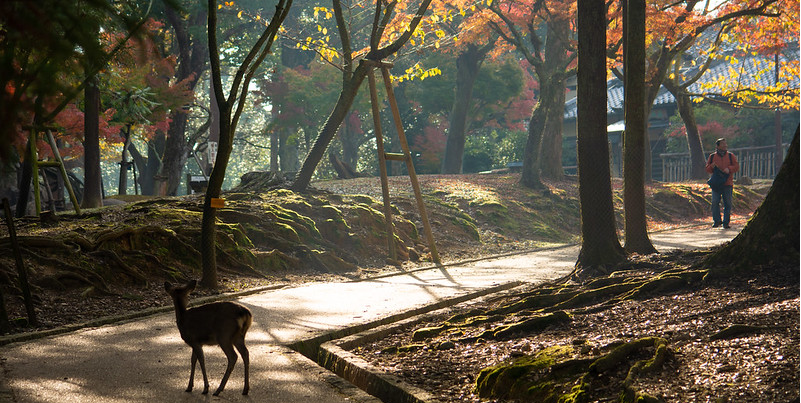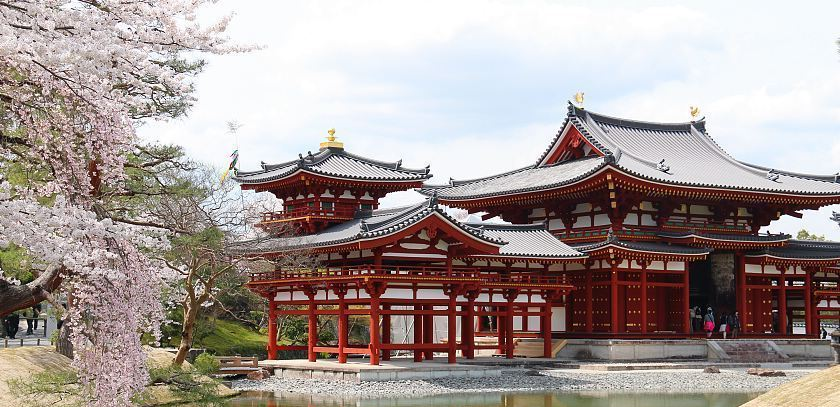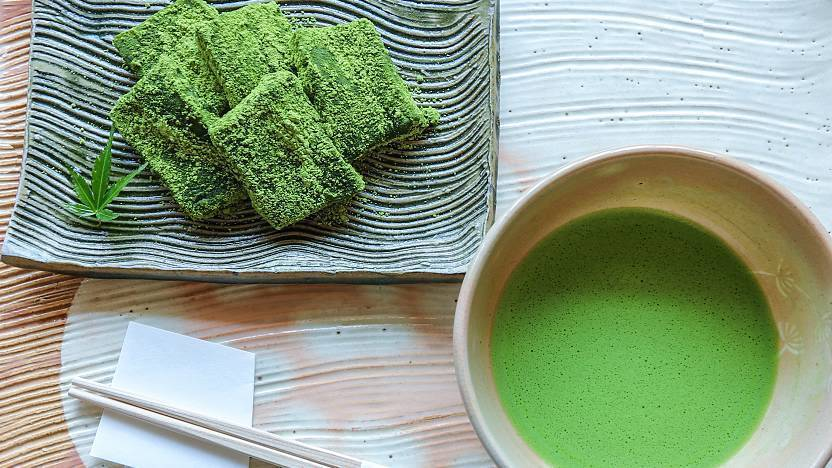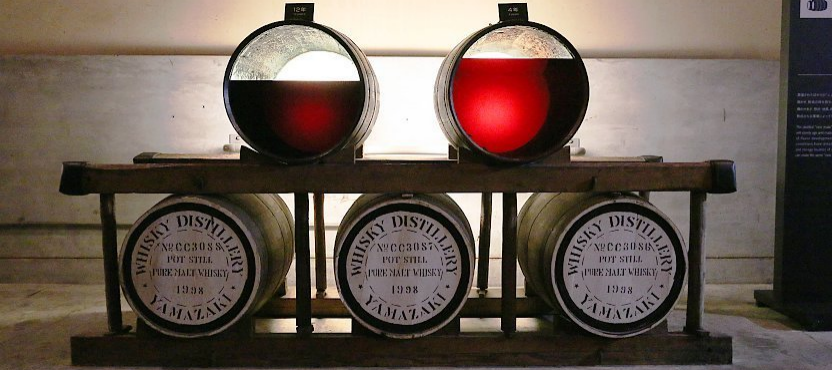


No.1: Nara Park

Nara Park (奈良公園, Nara Kōen) is a large park in central Nara. Established in 1880, it is the location of many of Nara's main attractions including Todaiji, Kasuga Taisha, Kofukuji and the Nara National Museum. It is also home to hundreds of freely roaming deer.
Considered the messengers of the gods, Nara's over 1000 deer have become a symbol of the city and have even been designated as a natural treasure. Deer crackers are for sale around the park, and some deer have learned to bow to visitors to ask to be fed. Nara's deer are surprisingly tame, although they can be aggressive if they think you will feed them, so make sure not to tease them with food.
No.2: Byodoin Temple

Byodoin Temple (平等院, Byōdōin) is a striking example of Buddhist Pure Land (Jodo) architecture. Together with its garden, the temple represents the Pure Land Paradise and was influential on later temple construction. Byodoin was initially built in 998 as a countryside retreat villa for the powerful politician Fujiwara no Michinaga, not as a temple.
Michinaga's son turned Byodoin into a temple and ordered the construction of its most spectacular feature, the Phoenix Hall. Although the building was given another official name, almost immediately after its construction in 1053, it was nicknamed Hoodo ("Phoenix Hall") because of its shape and the two phoenix statues on its roof. The hall is now featured on the back of the Japanese ten yen coin.
Byodoin's buildings were repeatedly lost to fires and other calamities over the centuries, however, the Phoenix Hall was never destroyed, making it one of the few original wooden structures to survive from the Heian Period. Visitors to Byodoin can enter the Phoenix Hall on short guided tours (in Japanese) that start every 20 minutes and cost an additional 300 yen. It houses a statue of the Amida Buddha.
No.3: Uji Tea

Green tea is now ubiquitous in Japan, but when it first arrived from China in the 700s, the drink was unknown except to a handful of priests and noblemen. A few hundred years later during the Kamakura Period (1192-1333), green tea leaves imported from China and cultivated in Uji started becoming popular among the nobility. Eisai, the Zen priest who imported Zen Buddhism to Japan from China, introduced the benefits of the beverage in a book and advised the Uji priests in tea plant cultivation and preparation. Tea drinking later became popular among the masses, and Uji earned a reputation for excellent tea production as one of the first places to engage in tea cultivation. Today, Uji's tea is still regarded to be of superior quality.
No. 4: Suntory Yamazaki Distillery

The Suntory Yamazaki Distillery (サントリー山崎蒸留所, Santorī Yamazaki Jōryūsho) is a whisky distillery in the Yamazaki district near Kyoto. Opened in 1923, the distillery produces Suntory's flagship line of Yamazaki single malt whiskies, which have won many international awards. The Yamazaki Distillery is surrounded by nature and greenery in a quiet and serene district that has long been known for its quality water, a key ingredient to great tasting whisky. The entire process of whisky distillation and aging is done here. A museum and distillery tours are available to tourists; however, prior reservations are required for a visit.
© DMIP 2019-2024 | Kyoto, Japan | Email: dmip@sciei.org